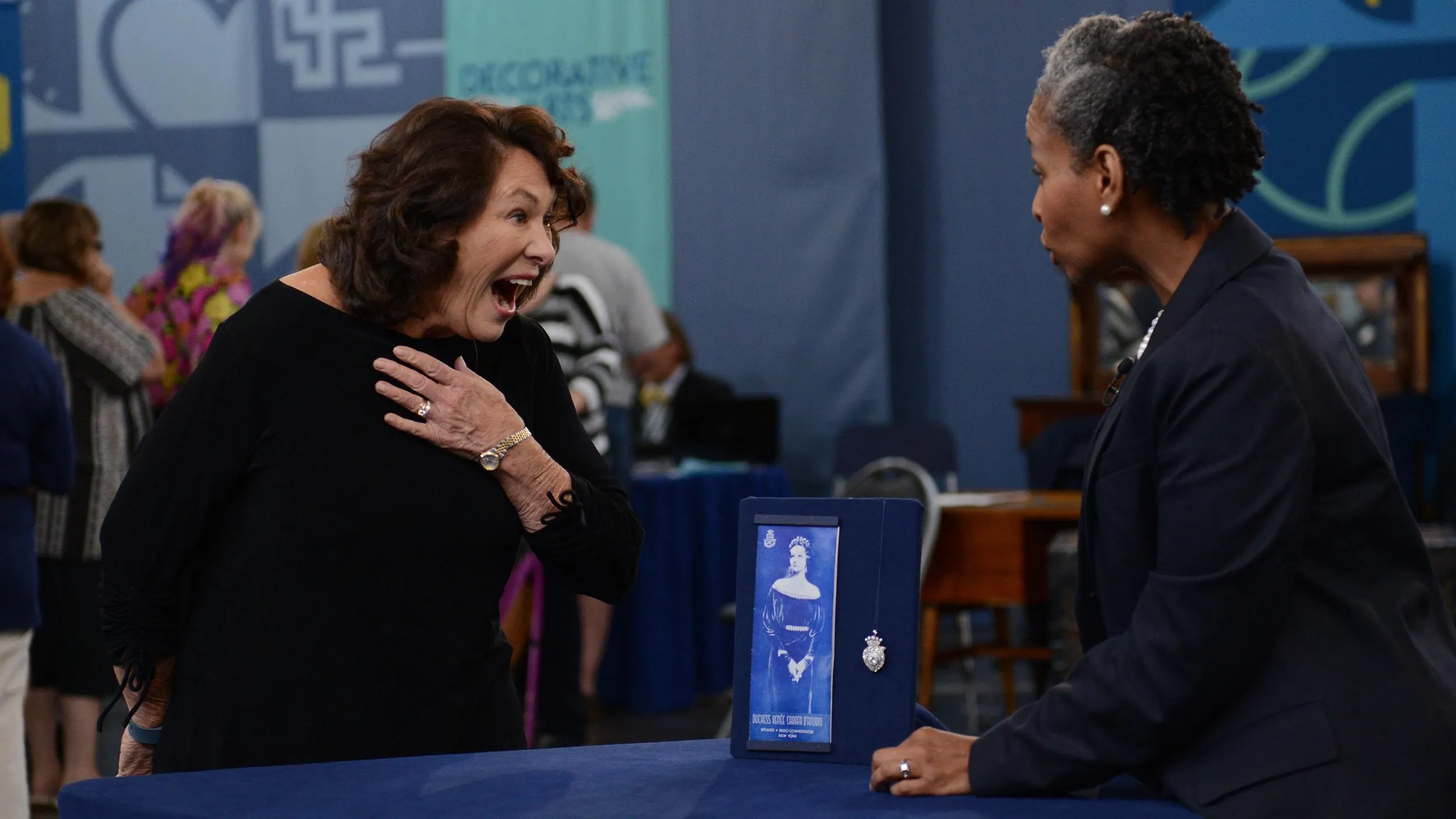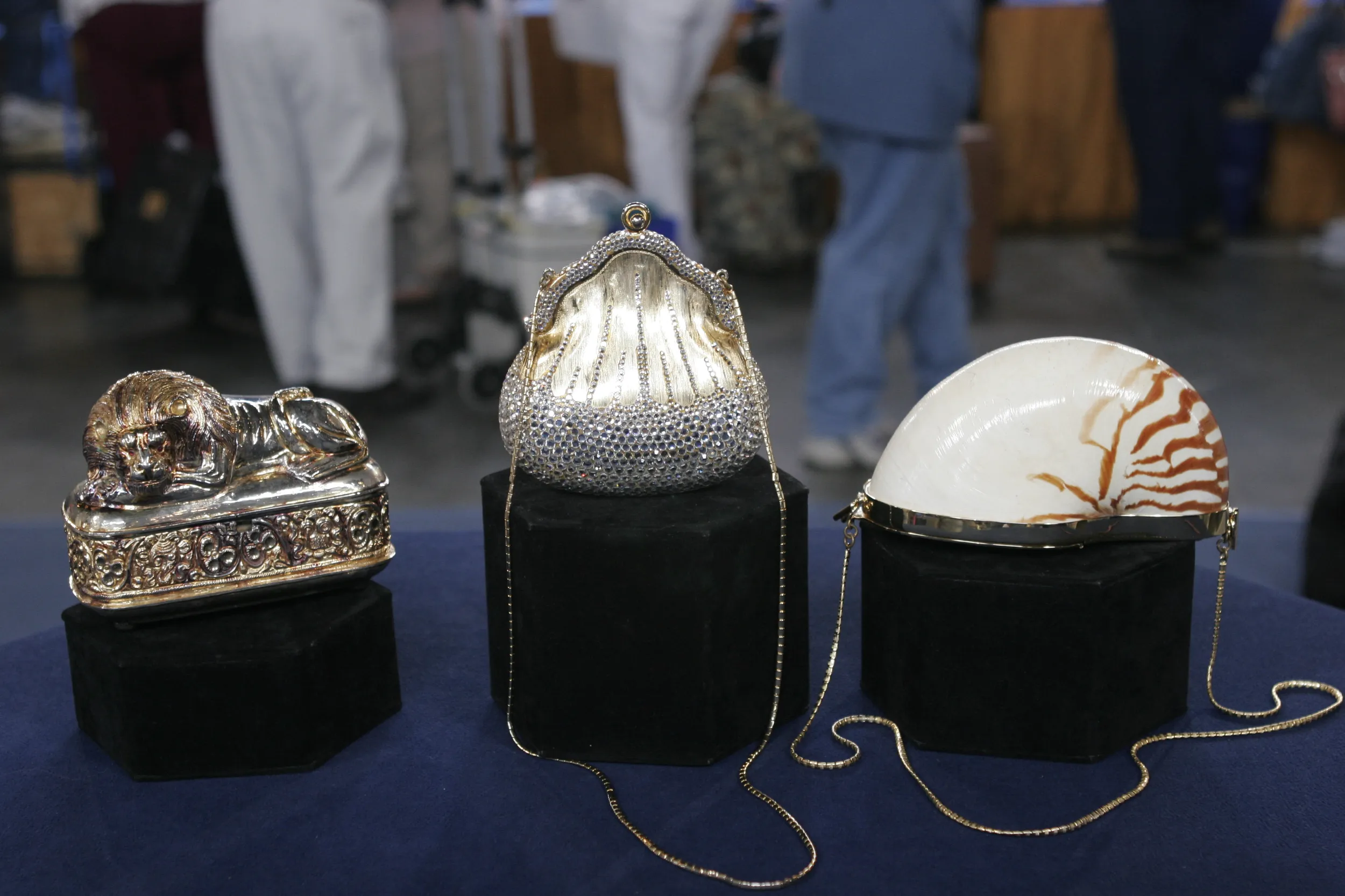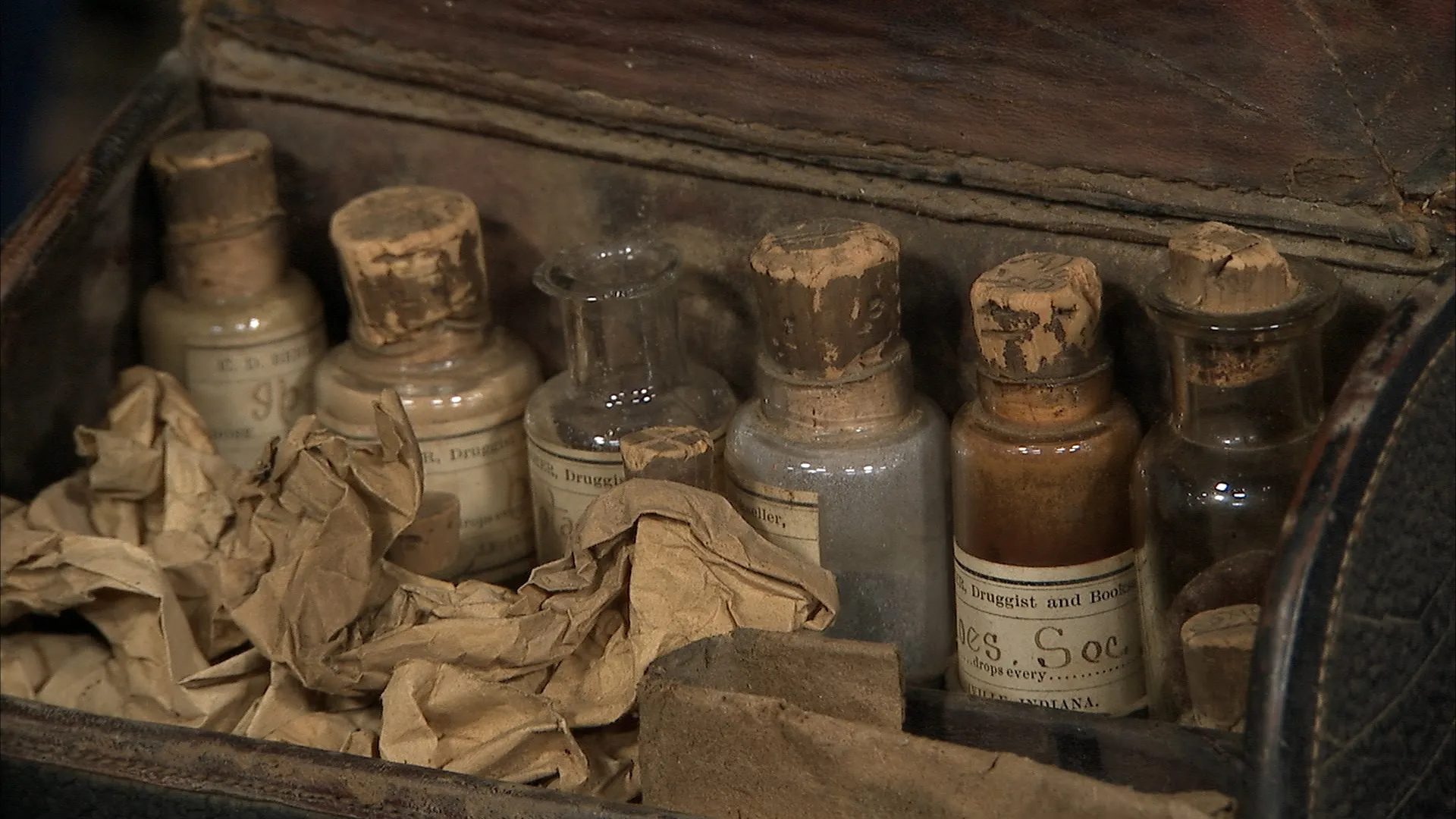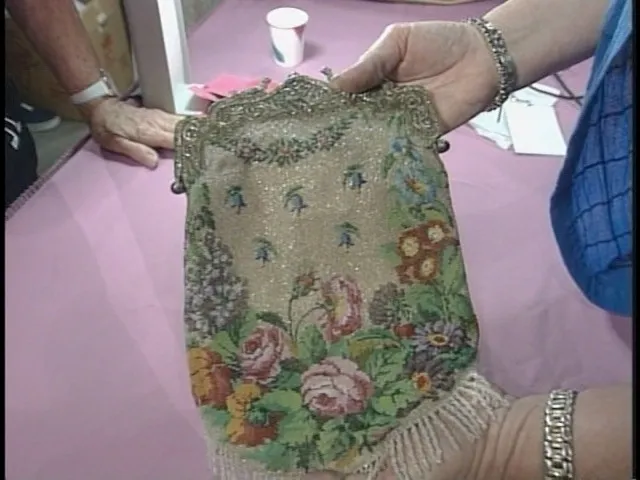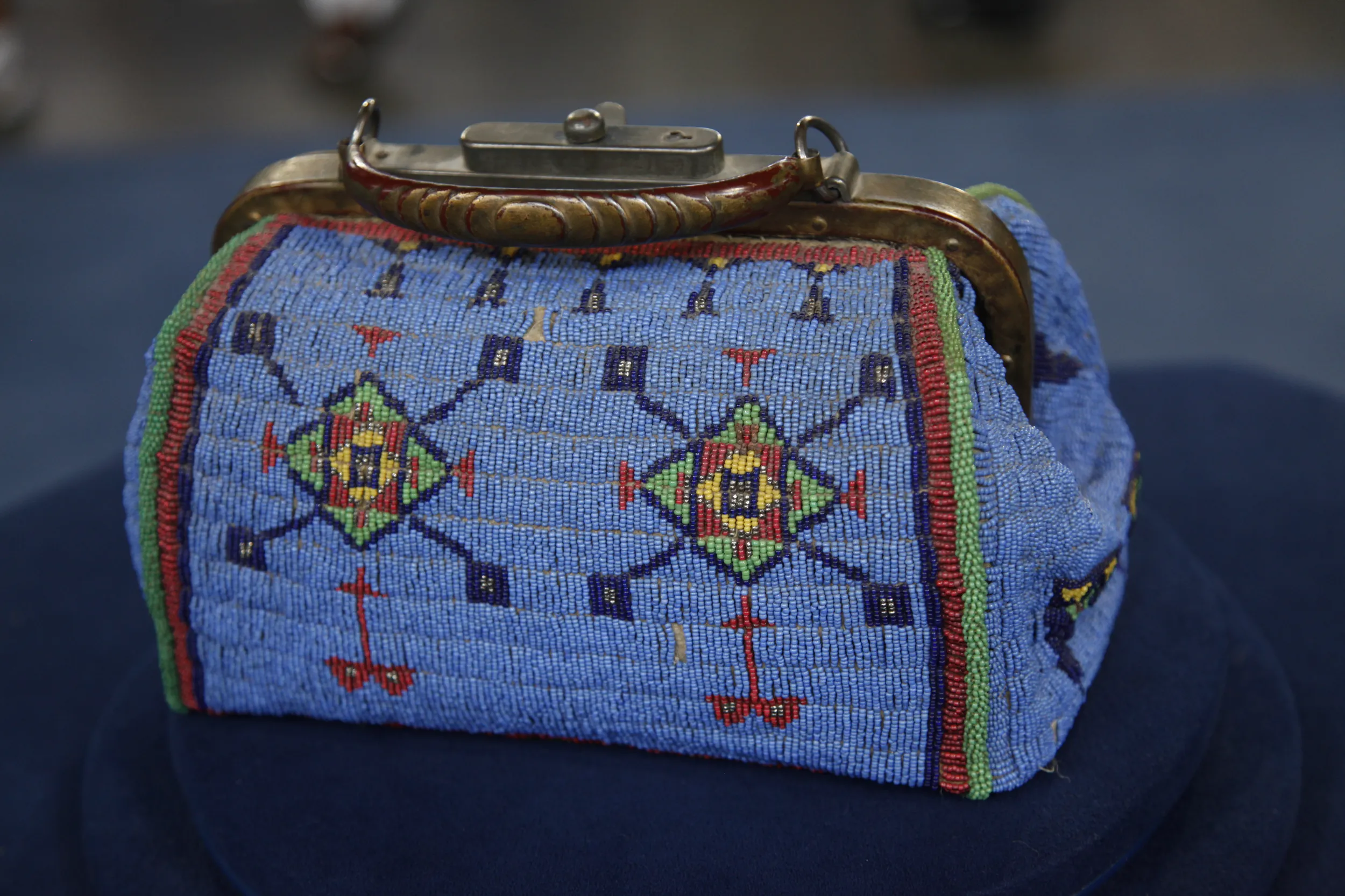GUEST: This was collected by my great-grandfather. I moved into a home that was built in 1836, and I'm the fifth generation that's lived there. And nobody threw anything out. And the story behind this was my great-grandfather got into a little bit of a situation in town and had to leave town quickly, left my great-grandmother and two small children, and went out West until things calmed down at home. And when he returned, he had collected things from out West. And this was just one of the things that he brought with him.
APPRAISER: Do you know what they are?
GUEST: Well, I just heard they were called saddlebags.
APPRAISER: These are saddlebags. They would be draped over the
back of a horse, right behind the saddle, and it would contain precious items necessary for a nomadic way of life. The tribe that used these were the Cheyenne.
GUEST: Oh, okay.
APPRAISER: This is a major tribe in the central plains of the United States, a very, very fearsome tribe in terms of their warrior culture.
GUEST: The Cheyenne.
APPRAISER: The Cheyenne.
GUEST: I always wondered what tribe.
APPRAISER: A very distinctive design style.
GUEST: Mm-hmm.
APPRAISER: It's native tanned buffalo hide. The red stroud cloth comes from England, actually. It was transported to Spain, Mexico City...
GUEST: This red?
APPRAISER: The red, yes, yes. It's vegetally dyed. It would never fade, never run.
GUEST: No.
APPRAISER: And it's an exotic color for Native people. They associate red with the upper world, with the powers of thunderbirds, and it's also a war color or a blood color. So this man who owned this, he was a warrior. This would be on his war horse. The beads came from Venice, Italy. They're tiny little seed beads, early colors. This piece dates to the 1870s. That's a very, very important time.
GUEST: Yeah.
APPRAISER: This is just before the reservation period.
GUEST: I was thinking it was a little later than that.
APPRAISER: No, no, these are early.
GUEST: Yeah.
APPRAISER: They show a lot of wear, they were utilized, there's a little bit of damage, it's not particularly serious, a little bit of bead loss, a little harm to the wool. But this is all part of its use wear. It's what we would expect. It's a little bit soiled. You could very lightly dust this, but do not introduce any moisture—the hide will get stiff.
GUEST: Right.
APPRAISER: The fringe is wonderful. Imagine this on a horse with the
horse's mane moving, the tail moving, the fringe moving. It would be a tremendous amount of movement.
GUEST (chuckling): For a warrior.
APPRAISER: For a warrior. It's an exciting piece. These are very desirable. To a collector today, on a retail basis, these would readily sell in the
$8,000 value.
GUEST: Wow.

